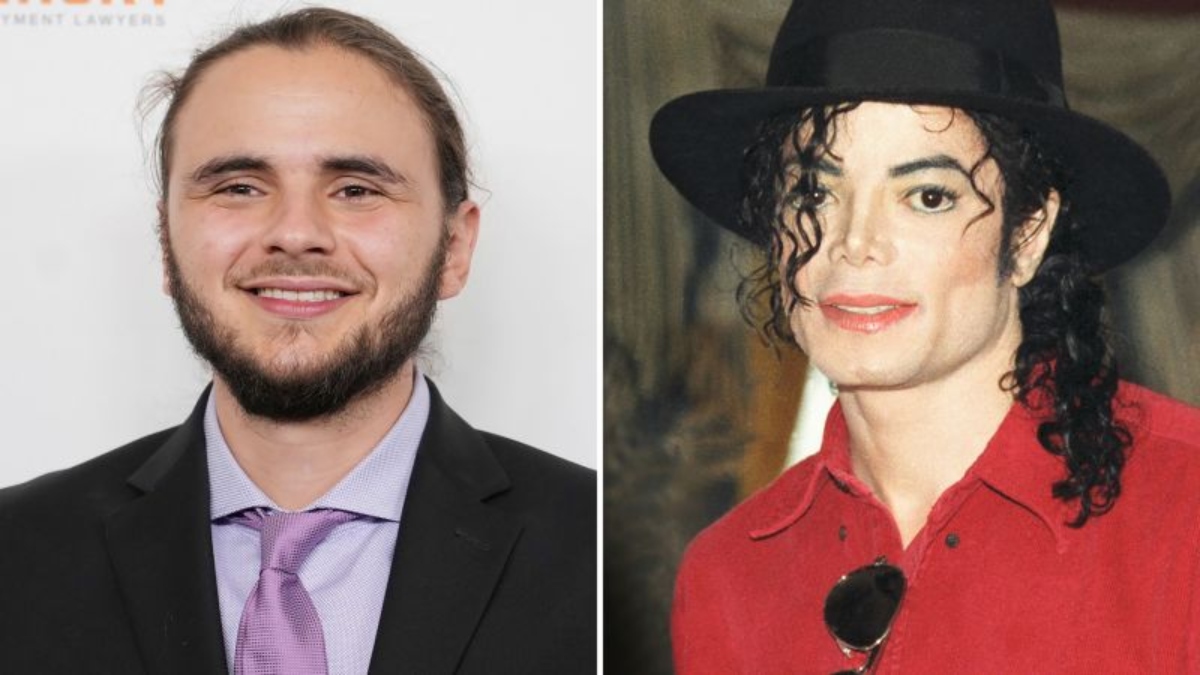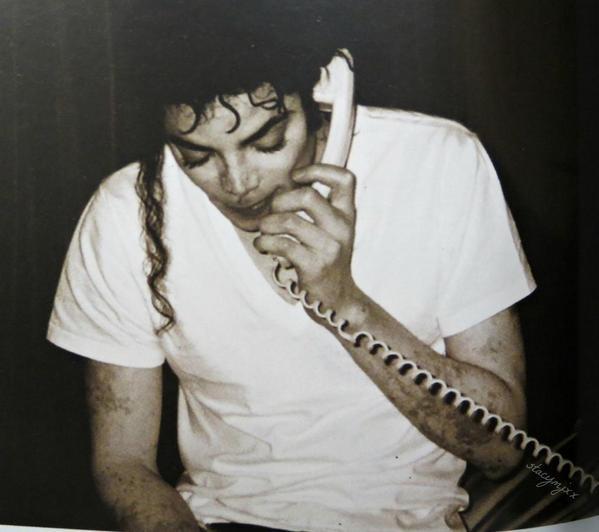When you hear the name Michael Jackson, the first thing that comes to mind is his incredible music, mesmerizing dance moves, and his iconic status as the King of Pop. But there’s another aspect of his life that has sparked endless debates and curiosity – his skin condition, vitiligo. This disease became a significant part of his public image, and today, we’re diving deep into the truth behind Michael Jackson's vitiligo. Get ready for an eye-opening journey!
Michael Jackson's transformation over the years has been a topic of much speculation. While some people blamed it on plastic surgery or lifestyle choices, the reality is far more complex. Vitiligo, a chronic skin condition, played a major role in the changes to his appearance. Let's unravel the facts and separate them from the myths.
Understanding vitiligo is not just about learning medical terms; it's about empathy, respect, and appreciating the struggles of those living with this condition. In this article, we’ll explore everything you need to know about vitiligo disease, its effects on Michael Jackson's life, and how it shaped his legacy.
Read also:How Old Is Marie Osmond Discover The Queen Of Variety Shows And Her Remarkable Journey
Biography of Michael Jackson
Before diving into the details of vitiligo, let's take a moment to remember the man who revolutionized the music industry. Michael Joseph Jackson was born on August 29, 1958, in Gary, Indiana. He was the seventh of ten children in the Jackson family, and his journey to stardom began at a very young age. Here's a quick glance at his life:
Key Facts About Michael Jackson
| Full Name | Michael Joseph Jackson |
|---|---|
| Date of Birth | August 29, 1958 |
| Place of Birth | Gary, Indiana, USA |
| Profession | Singer, Songwriter, Dancer |
| Known As | King of Pop |
| Date of Passing | June 25, 2009 |
Michael's career spanned decades, and he left an indelible mark on the world with hits like "Thriller," "Billie Jean," and "Beat It." But his journey wasn't without challenges, including his battle with vitiligo.
What is Vitiligo Disease?
Vitiligo is a skin condition that causes the loss of pigmentation in the skin. It occurs when the melanocytes, the cells responsible for producing skin color, die or stop functioning. This results in white patches appearing on the skin, which can vary in size and location. It’s not contagious, but it can be emotionally and psychologically challenging for those who have it.
According to the American Academy of Dermatology, vitiligo affects about 1% of the global population. While the exact cause remains unknown, researchers believe it may be linked to autoimmune disorders, genetic factors, and environmental triggers.
Michael Jackson's Diagnosis
In 1993, during a press conference, Michael Jackson confirmed that he had vitiligo. He spoke candidly about the condition and how it affected his appearance. For many fans, this revelation came as a surprise, but it also helped demystify the changes they had noticed over the years.
Michael’s skin became progressively lighter due to vitiligo, and he often used makeup and clothing to even out his skin tone. Some critics dismissed his explanation, but dermatologists and medical experts have since validated his claims.
Read also:Bane From Batman Actor The Man Behind The Mask
Symptoms of Vitiligo
- Depigmented patches on the skin
- Sensitivity to sunlight
- Premature graying of hair
- Emotional distress
These symptoms can vary from person to person, and for Michael, they were particularly noticeable due to his high-profile status.
The Impact of Vitiligo on Michael's Life
Living with vitiligo is not just a physical challenge; it’s also an emotional and psychological journey. Michael Jackson was no exception. The disease forced him to adapt his lifestyle, and he often faced harsh criticism from the media and public.
Here are some ways vitiligo impacted his life:
Physical Changes
As the disease progressed, Michael’s skin became lighter, especially on his face and hands. This change was evident in his later years, and he often used makeup to conceal the patches. Some people misunderstood this as an attempt to "change his race," but the truth was far simpler – he was managing a medical condition.
Emotional Struggles
Michael spoke openly about the emotional toll of vitiligo. He described feeling self-conscious and misunderstood, which added to the pressures of fame. Despite these challenges, he continued to inspire millions with his music and activism.
Treatment Options for Vitiligo
While there is no cure for vitiligo, several treatments can help manage the condition. These include topical creams, light therapy, and in some cases, surgery. Michael reportedly used a combination of these treatments to address his symptoms.
One common treatment is corticosteroid creams, which can help restore some pigmentation. However, long-term use can have side effects, so it’s important to consult a dermatologist before starting any treatment.
Michael's Approach to Treatment
Michael was proactive in seeking treatment for his vitiligo. He worked closely with dermatologists and explored various options to manage the condition. However, as with any chronic illness, there were limitations to what treatment could achieve.
Common Misconceptions About Vitiligo
Over the years, there have been many myths and misconceptions about vitiligo. Let’s address some of the most common ones:
- It’s contagious: Vitiligo is not contagious and cannot be spread through contact.
- It’s caused by lifestyle choices: There’s no evidence to suggest that diet or lifestyle directly causes vitiligo.
- It only affects certain races: Vitiligo can affect people of all ethnicities and skin tones.
These misconceptions only add to the stigma surrounding the condition, making it crucial to educate the public about the facts.
Michael Jackson's Legacy and Vitiligo Awareness
Michael Jackson’s openness about his vitiligo helped raise awareness about the condition. By sharing his experience, he broke down barriers and encouraged others to speak up about their struggles. Today, vitiligo awareness has grown significantly, thanks in part to his efforts.
Organizations like the Vitiligo Society and the National Vitiligo Foundation continue to advocate for research and support for those living with the condition. Michael’s legacy lives on through these initiatives, reminding us of the importance of empathy and understanding.
How You Can Help
If you or someone you know is living with vitiligo, there are ways to support and raise awareness:
- Donate to vitiligo research organizations
- Participate in awareness campaigns
- Share your story to inspire others
Every small action counts in the fight against stigma and misinformation.
Living with Vitiligo: Tips for Coping
For those living with vitiligo, managing the condition can be a daily challenge. Here are some tips to help you cope:
Embrace Your Identity
Accepting your condition is the first step toward empowerment. Remember that vitiligo does not define who you are – your unique qualities and talents do.
Protect Your Skin
Since vitiligo can make the skin more sensitive to sunlight, it’s essential to use sunscreen and protective clothing. This will help prevent sunburn and further damage.
Seek Support
Connecting with others who have vitiligo can provide invaluable support and encouragement. Join online communities or local support groups to share experiences and advice.
The Science Behind Vitiligo
While we’ve touched on the basics of vitiligo, let’s dive deeper into the science behind this condition. Researchers are constantly studying the causes and potential treatments for vitiligo, with promising advancements on the horizon.
One theory suggests that vitiligo may be linked to autoimmune disorders, where the body mistakenly attacks its own melanocytes. Other studies focus on genetic factors, as the condition tends to run in families.
Emerging Treatments
Recent breakthroughs in medical research have led to new treatments for vitiligo. These include:
- Topical immunomodulators
- Excimer laser therapy
- Cellular therapy
While these treatments are still in the experimental phase, they offer hope for those living with vitiligo.
Conclusion: Embracing the Truth
Michael Jackson’s journey with vitiligo was both a personal and public battle. By sharing his experience, he helped break down barriers and raise awareness about this often-misunderstood condition. Today, we continue to learn more about vitiligo and how to support those affected by it.
We encourage you to share this article with others and join the conversation about vitiligo awareness. Together, we can create a world where everyone feels accepted and understood, regardless of their skin condition.
Now it’s your turn! Have you or someone you know been affected by vitiligo? Share your thoughts in the comments below, and don’t forget to check out our other articles on health and wellness.
Table of Contents
- Biography of Michael Jackson
- What is Vitiligo Disease?
- Michael Jackson's Diagnosis
- The Impact of Vitiligo on Michael's Life
- Treatment Options for Vitiligo
- Common Misconceptions About Vitiligo
- Michael Jackson's Legacy and Vitiligo Awareness
- Living with Vitiligo: Tips for Coping
- The Science Behind Vitiligo
- Conclusion: Embracing the Truth


